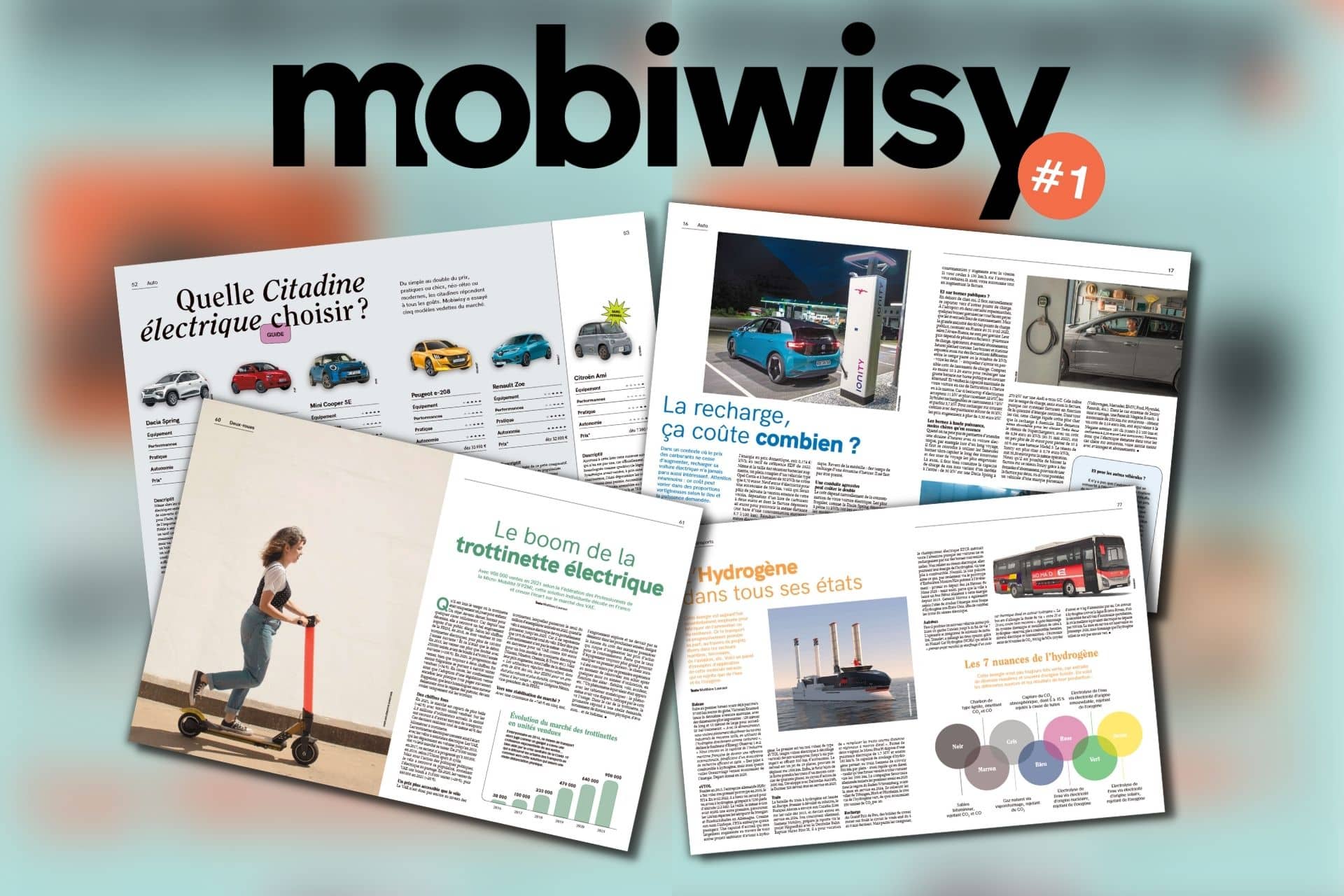United States: When Politics Dangerously Harms Tourism

For a long time among the most popular destinations, the United States see tourists turn away in 2025 due to Trump and Musk.
This is the boomerang effect: by repeatedly inviting foreigners to stay at home, they follow the instructions. The problem is that these foreigners were largely tourists coming to spend their money. Thus, various studies show that the United States will attract fewer and fewer international travelers in 2025, collateral victims of a tense political climate, an overheated economy, and growing rejection of values perceived as dominant across the Atlantic. This trend worries the American tourism industry, especially since this sector weighs heavily in the national economy.
According to the firm Protourisme, the intentions to travel to the United States have declined by 25% just this year in France alone. This disaffection is not a mere epiphenomenon but reflects a deeper malaise. Rising prices — housing, food, entertainment — are compounded by a crisis of image. Donald Trump’s return to the White House, aggressive speeches by political figures like JD Vance, and the American unilateral stance in international conflicts, notably in Ukraine or Gaza, crystallize the tensions. The feeling that the United States is closing itself off, disregarding its partners, and hardening its diplomatic positions discourages an increasing number of Western travelers.
The failure of a divisive policy?
Added to this are cultural and symbolic elements. Elon Musk, a central figure in American tech, has been embroiled in controversies since the platform X he manages. His positions, flirting with far-right ideologies or even Nazi references, tarnish the image of a country once driven by progress and free speech. As a result, a generation of European travelers — often young, urban, educated, and connected — is turning away from the United States, favoring destinations perceived as more aligned with their values.
This trend is not spared by the neighboring Canada either. A real boycott of the United States emerged early 2025, in response to new customs barriers imposed by Washington on certain Canadian products. Tourist flights between Canada and the US fell by 40% in the first quarter of 2025. The impact has been such that several airlines have reduced cross-border routes, while some travel agencies are redirecting their offerings toward Europe, Asia, or less-visited Canadian provinces.
However, this withdrawal is not without consequences for the American economy. In 2023, the United States welcomed about 67 million foreign tourists — an increase post-COVID, but still far from the 79.7 million visitors recorded in 2019. International tourism generated $109 billion that year, with optimistic projections reaching $198 billion by 2026. This sector supports nearly 8 million jobs in the US, from hospitality to transportation, including dining and cultural services.
Towards a surge in tourism unemployment?
Key destinations like New York remain very popular — the city welcomed over 64 million visitors in 2024, generating $6.8 billion in tax revenue — but these figures largely include domestic tourism. It is the international clientele, more spendthrift, that is failing to show up. And the prospects look bleak if US foreign policy continues to fuel hostility.
In response to this disaffection, other countries are benefiting. Southern Europe, Japan, India, and Colombia are seeing increased bookings, driven by a more stable, welcoming, and culturally diverse image. Even unexpected destinations like Vietnam or Albania are attracting young travelers seeking meaningful experiences in their journeys.
This shift in global tourism is therefore anything but trivial. It reveals a transformation of travel into an engaged act, sometimes political, often ethical. Tourists no longer just want to visit a country; they want to feel aligned, safe, and respected there. And in 2025, the United States struggles to meet this expectation.
The American dream, if not collapsing, at least seems to have been put on hold.
READ ALSO: Model Y: In Europe and the US, Tesla removes its logo from the hood!
This page is translated from the original post "États-Unis : quand la politique nuit dangereusement au tourisme" in French.
We also suggestthese articles:
Also read






